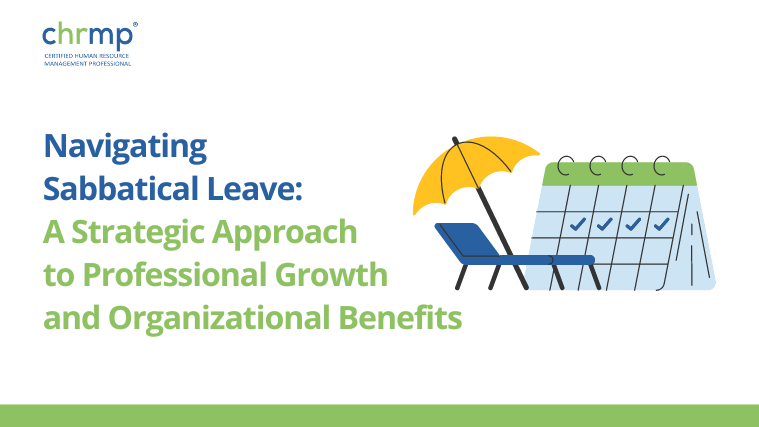

Human Resource Management works to bring the organisation and the employees together so that they both are able to achieve their goals and objectives. There was a time when there were less variety of job roles and very few types of skills were being used. It was mostly about skill based jobs. But, gradually we started using more variety of skills and various business processes demanded the use of specific higher order mental labour that were invisible to eyes and therefore difficult to manage.
Actually, David McLeland, a Psychologist, published a landmark article in the American Psychologist in the 1960 and stated that organisations must go for hiring based on competencies rather than test scores. And in 1973, he developed methods for predicting human performance for US Information Agency where the objective was to erase human biases of traditional intelligence and aptitude testing.
McLeland defined competency as “an underlying characteristic of an individual that is causally related to criterion referenced effective and superior performance in a job or a situation.”
Competencies usually have four characteristics that are:
Motives: Every action is based on what an individual thinks of most of the time. People with growth mindset like to set challenges and grow.
Self concept: A person understands about himself and how well does he take himself towards various challenges. A person with high self-concept would take failures as a challenge.
Skills: Developed ability to do certain activities, often with the help of existing knowledge.
Traits: Any individual’s frequent response to a situation. An individual who values strength is more likely to behave from the position of strength rather than feel demotivated and let outside events control him..
Knowledge: Memorised body of information that a person has. Eg Knowledge about the history of HR.
Competency Mapping: it is the process of finding out the competencies required for each job role within an organization, levels of these and finally using it for all different processes within the organisation.
A combination of all these together leads to what we call competencies or behaviours leading to effective performance of a task.
Why Competency mapping? The process gives the exact behavioural expectations for a position. Additionally, previous skill based models were not competencies but skills. This left great space for biases as there was no particular universal way to measure the skills. How do you know a person has good communication skill? Pronunciation or style or fluency or body language or something else?
But this new technique gave the HRs a better tool to hire, the line managers a better tool to measure performance, training managers a better way to find the gap and address it. Everyone has something to gain. Even the individuals themselves know exactly how to work and what behaviour to show.
Competency mapping serves a variety of purposes like giving better role clarity, succession planning, and clarity with growth path of individual employees. A document on the web indicates that competency mapping methods How competency mapping.
Steps in competency mapping:
1. Clarify the purpose of competency mapping within the organization. And choose the position for which competencies needs to be mapped. Once that is clear you can go ahead with the actual process.
2. Then Job Analysis for the position is done to find out the activities performed by individuals. Asking the position holder and seniors questions related to the job, or observing them are few of the many methods for Job Analysis. They can be asked about the competencies required to perform the job.
3. Responses of participants is carefully analysed and the inputs is converted into standard competencies.
4. With the results of job analysis, competency based job description is formed.
5. There are certain generic competencies required by all employees working within the organisation. And there also are the specific competencies for specific positions that might not be applicable to other positions.
6. Once the competencies are identified, rating has to be done as to what level of particular each competency is required for the particular role. This can be on scale of 1-5 or 1-3 or certain words like beginner, experienced and expert can be used in place of a rating scale.
7. Then this is used for various HR functions within the organisation.
Where we today are in need of multi-skill development, competency mapping is the process that helps to identify exact competencies, or better say visible behaviours required in key positions and thus do all HR processes accordingly. So you are no more guessing about a person’s skills but are very sure about the visible behaviours or competencies.

© 2007-2025 CHRMP| All Rights Reserved | Powered by Ripples Learning & Research Private Limited
